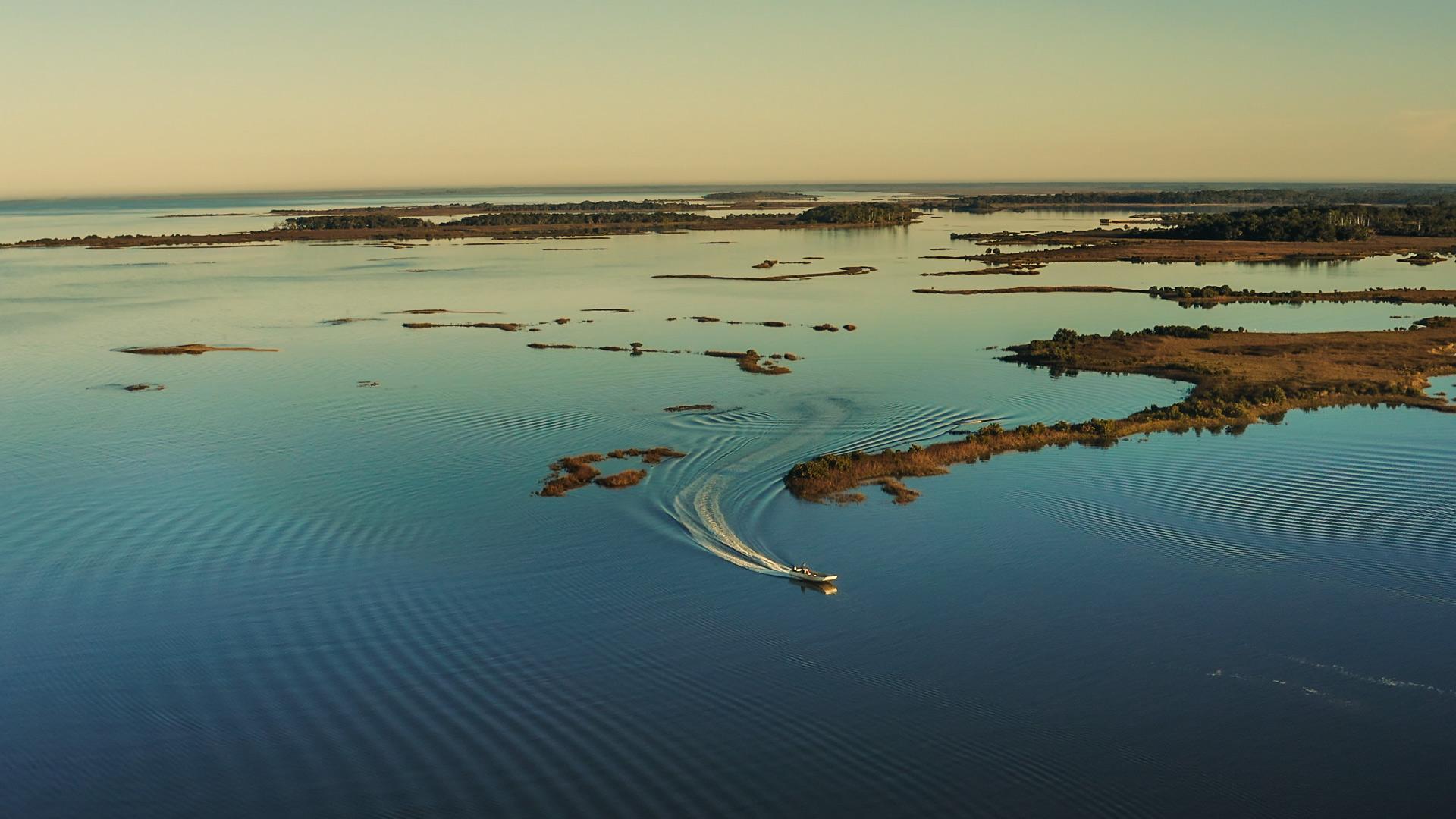Old Florida beckons across the No. 4 bridge, guiding residents and visitors down the only road into Cedar Key. Here, surrounded by salt marshes and barrier islands sculpted by wind and sea, generations of families have tied their livelihoods to the bounty and cadence of the Gulf. Embracing a timeless way of life, the working waterfront community remained steadfast and has endured, despite the tides of change.
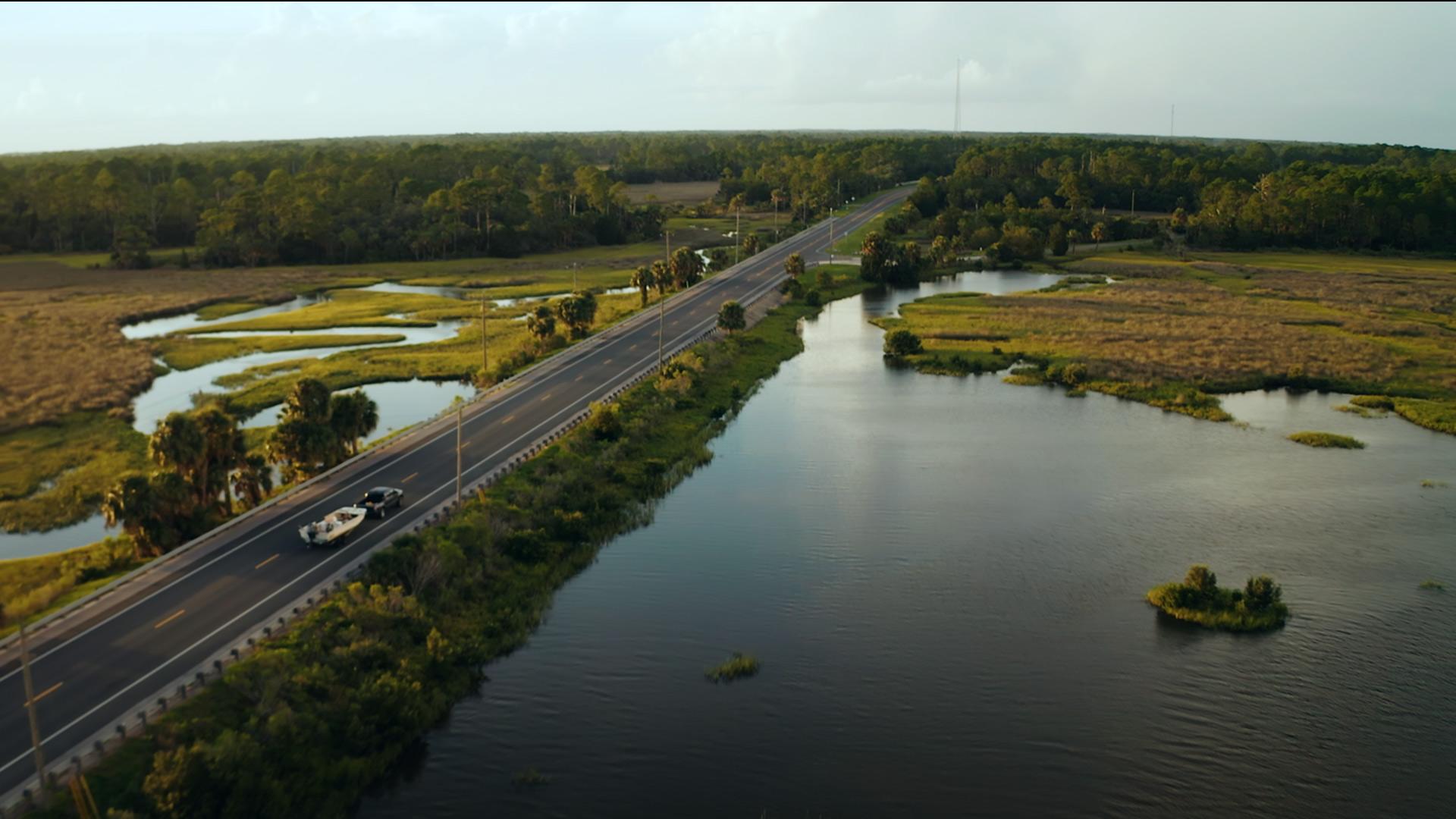
The Golden Age of Fishing
For much of its history, Cedar Key's identity was deeply intertwined with commercial fishing. The surrounding waters teemed with fish, shrimp, and oysters, providing livelihoods for generations of local families. The bustling docks were a testament to the town's prosperity, with boats returning with their holds brimming with the day's catch. However, as the 20th century progressed, this began to change.
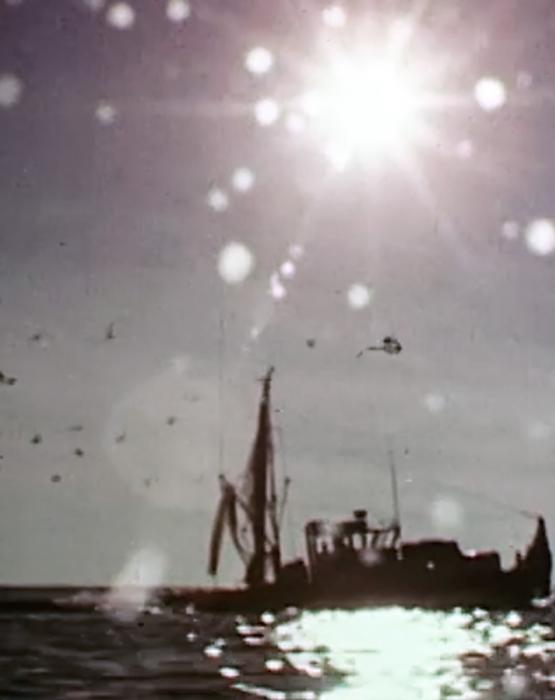
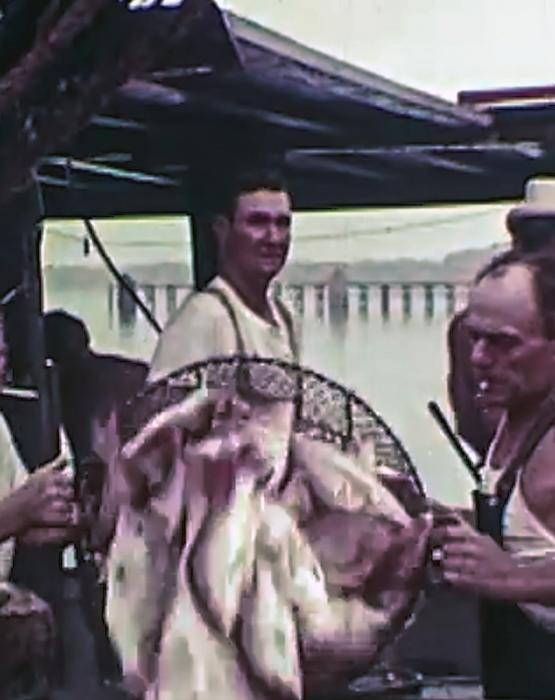
Troubled Waters
By the late 1980s, Cedar Key's commercial fishing industry faced a crisis. Overfishing, environmental changes, and increasingly stringent regulations in the Gulf culminated in the near-collapse of the once-thriving industry. The introduction of a gill net ban passed by Florida voters in 1994, which prohibited the use of entangling nets in nearshore and inshore waters, dealt a particularly harsh blow. For many, it seemed as though the heart of Cedar Key had been ripped out, leaving uncertainty in its wake.

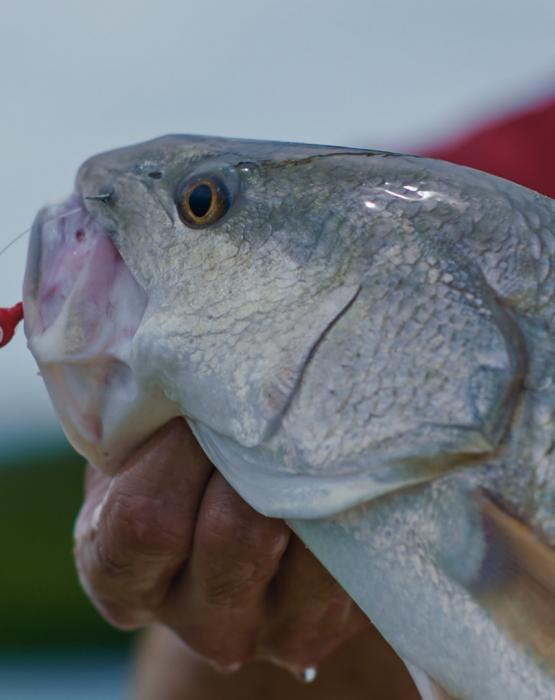

A New Chapter
Recognizing the need to adapt, local commercial fishermen began exploring alternatives. With support from a federally funded job-retraining program and help from the University of Florida and other institutions, they found their answer in clam farming, an industry with promising potential in the region's waters.
Fishermen received training in aquaculture techniques, adapting their skills, boats, and gear. Cedar Key's waters also proved to be perfect for cultivating hard-shell clams. Warmer temperatures meant faster growth and year-round planting and harvesting.
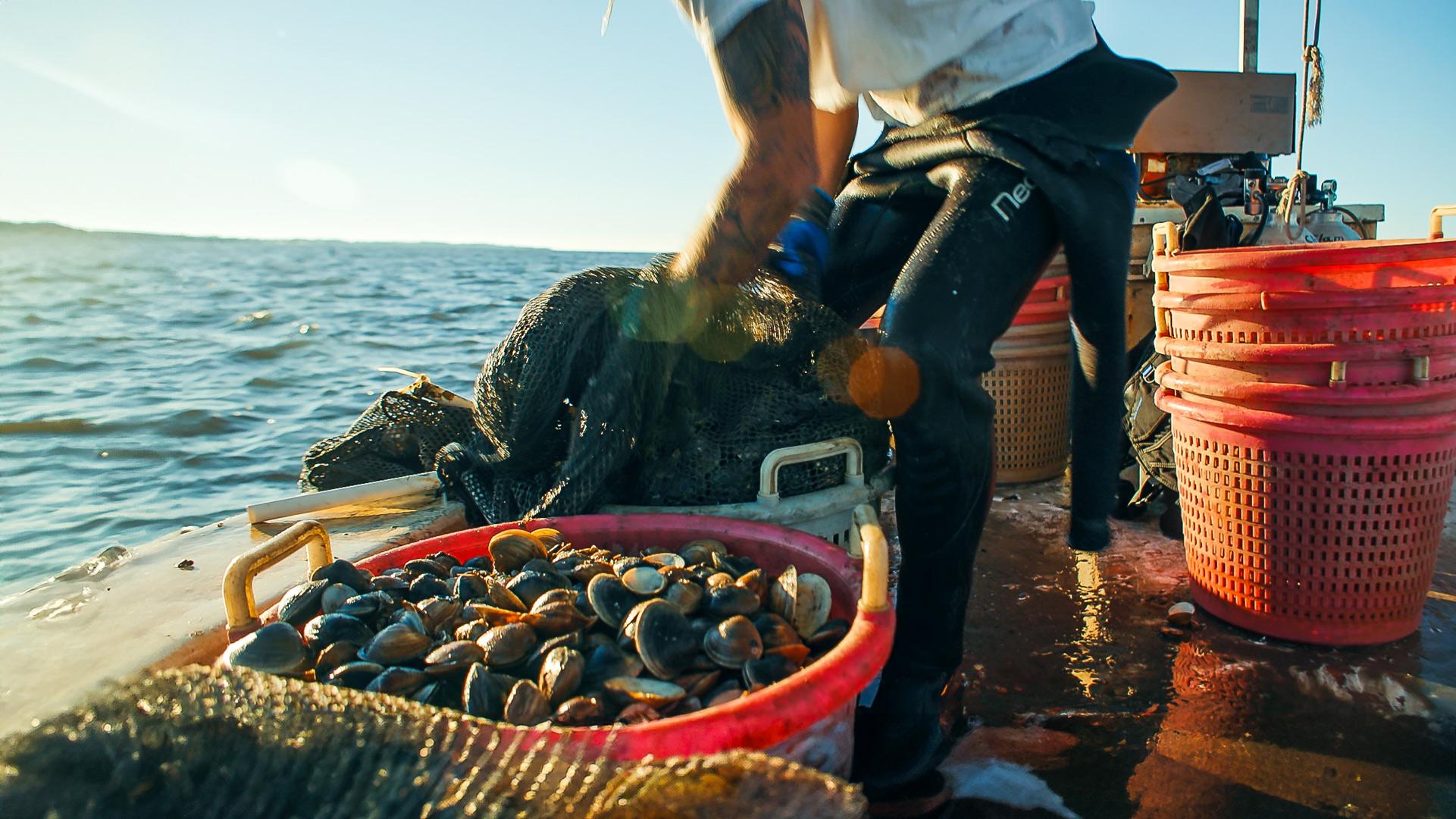
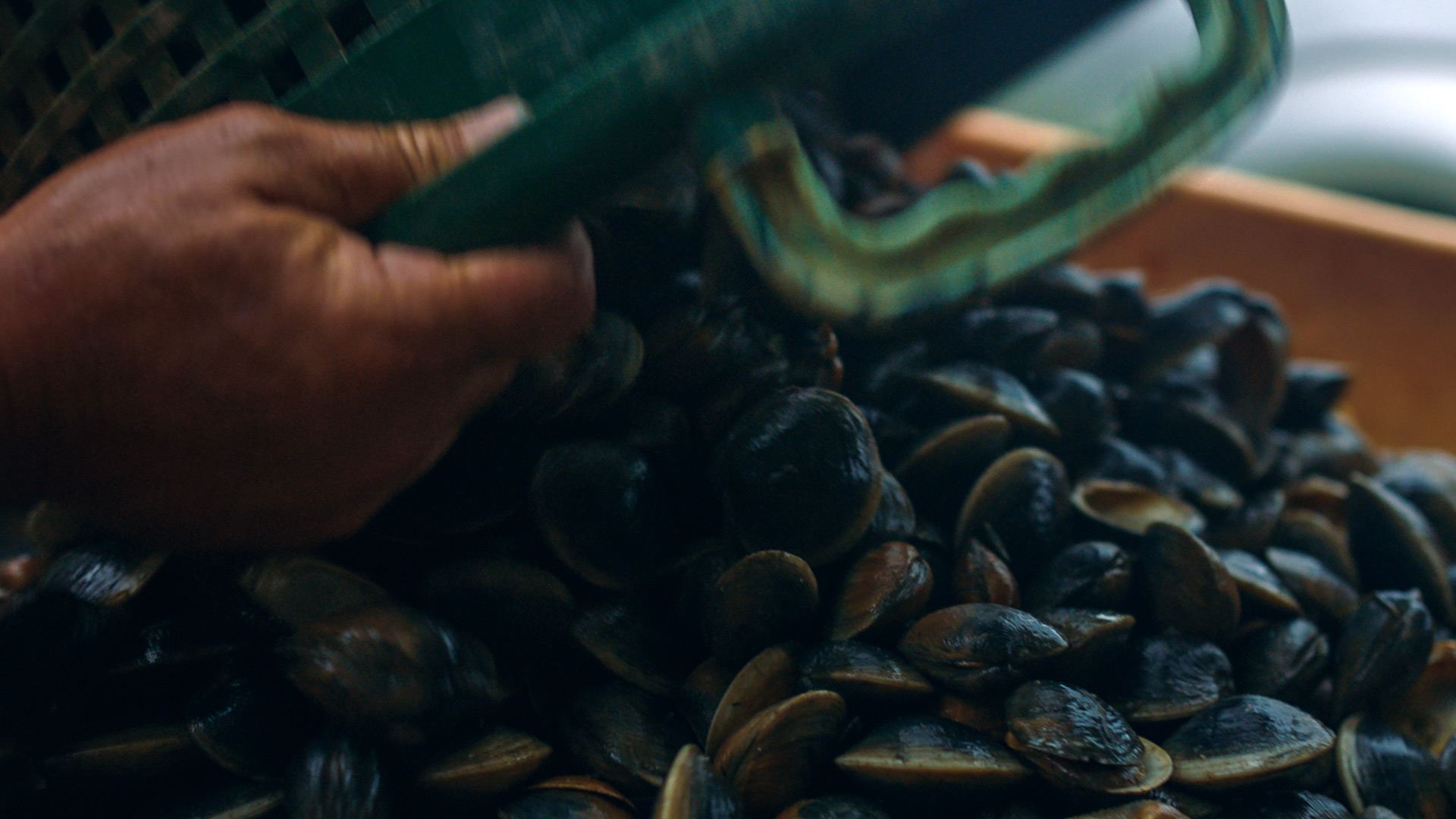
Clam production occurs in three stages. Hatcheries spawn and rear larval stage clams until they reach about 1 mm in size. The small seed clams are then moved to land-based nurseries, placed in weller systems and raceways. Once they are about half an inch, they are sold to clam farmers who then transfer the seed to mesh grow out bags. Each bag, stocked with 1,000-1,400 seed clams, is then staked to the sea floor of an aquaculture lease.
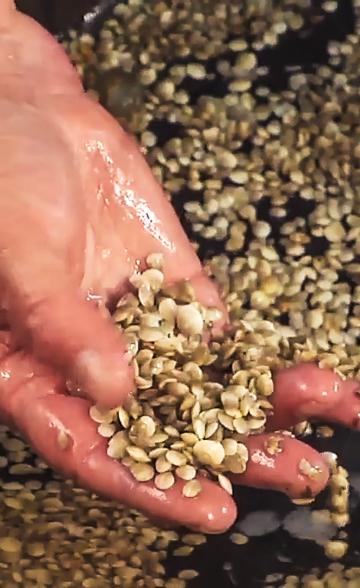
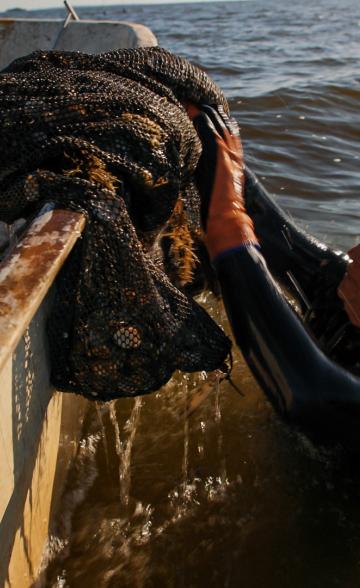
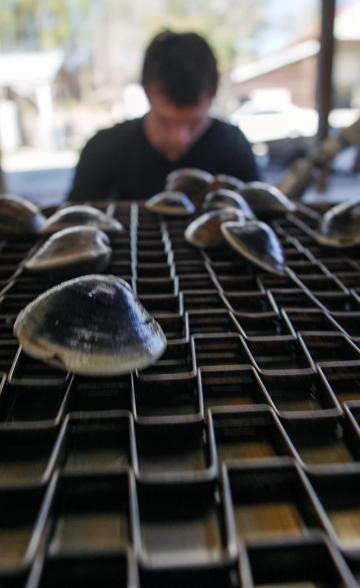
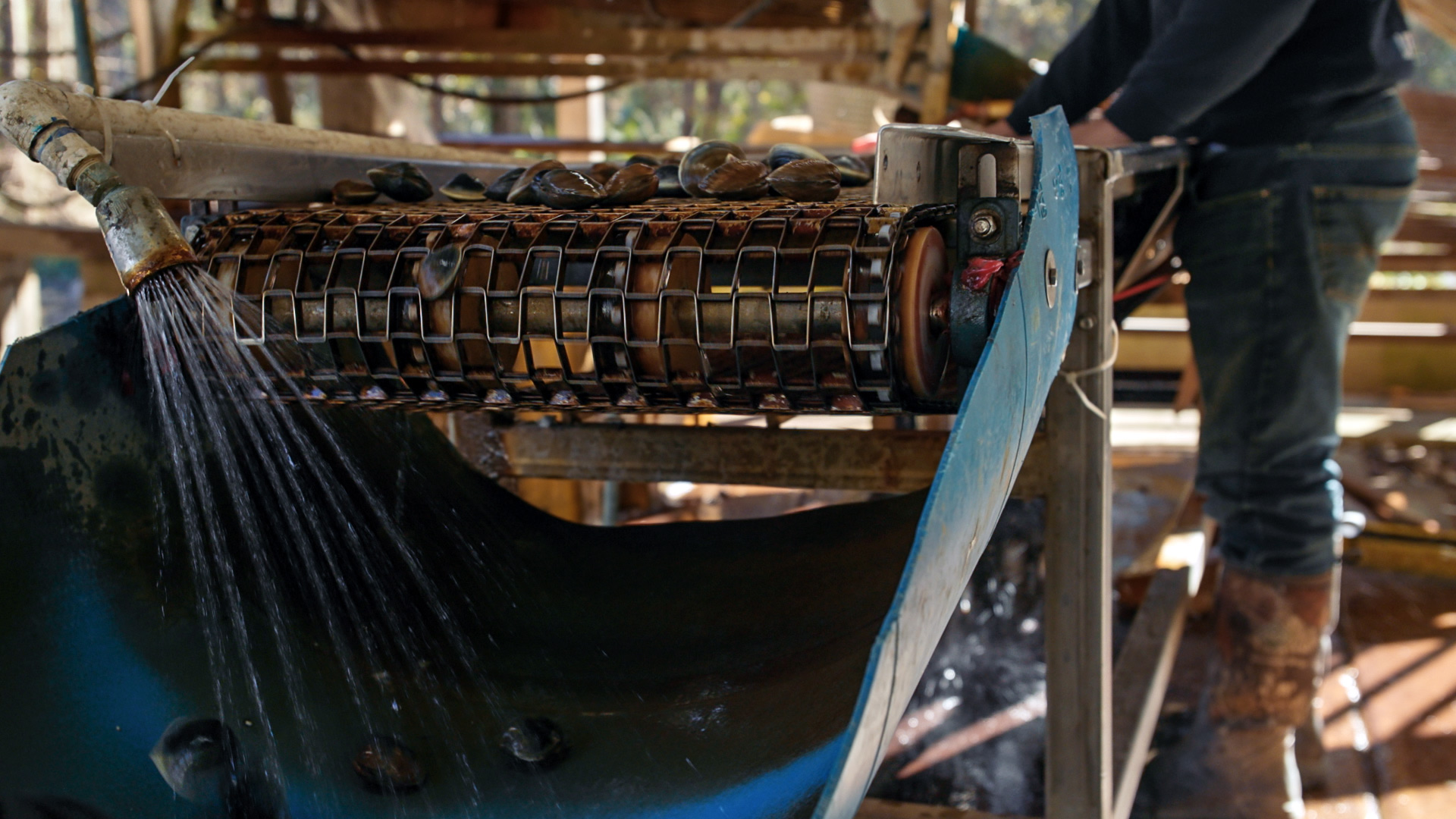
Planted in rows, similar to crops, the clams bury themselves in sediment and feed on phytoplankton from the sea water. In 12-15 months, the crop yields market-sized clams. Once harvested, clams are cleaned, sorted, graded, and packaged by certified wholesalers, then shipped across the nation in refrigerated trucks.
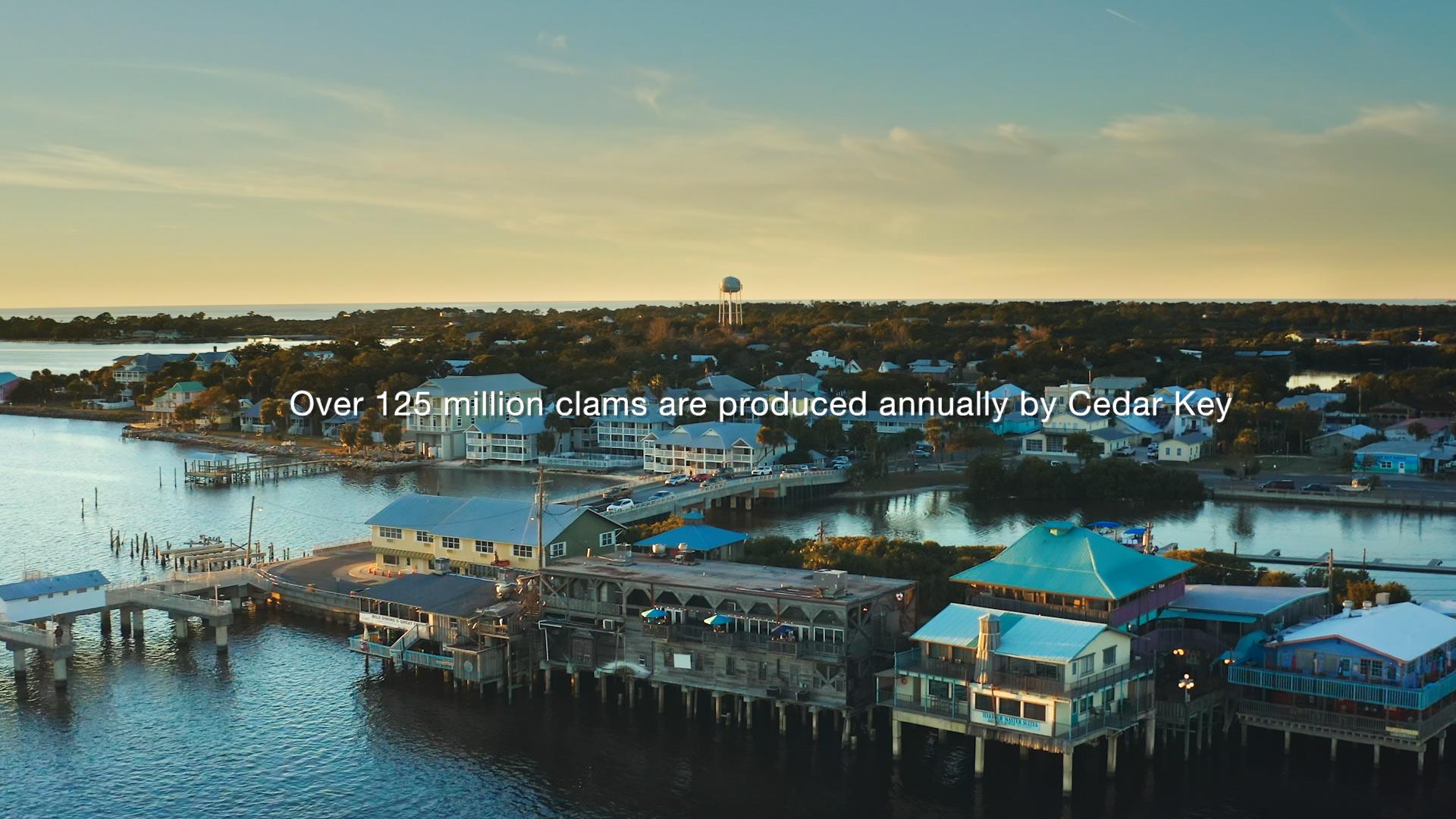
Today, Cedar Key is renowned for its thriving clam farming industry, processing over 100 million clams each year. The industry revitalized the town, providing sustainable livelihoods and preserving Cedar Key's maritime heritage. Visitors can explore the town's history at the Cedar Key Historical Society Museum, enjoy fresh, locally farmed clams at waterfront restaurants, or take a guided tour to learn about the clam farming process firsthand.
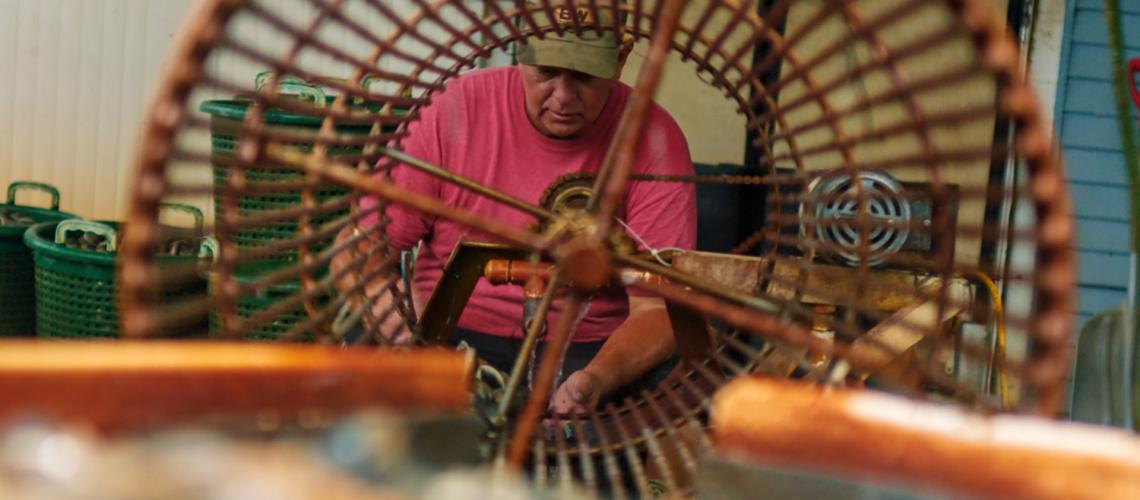
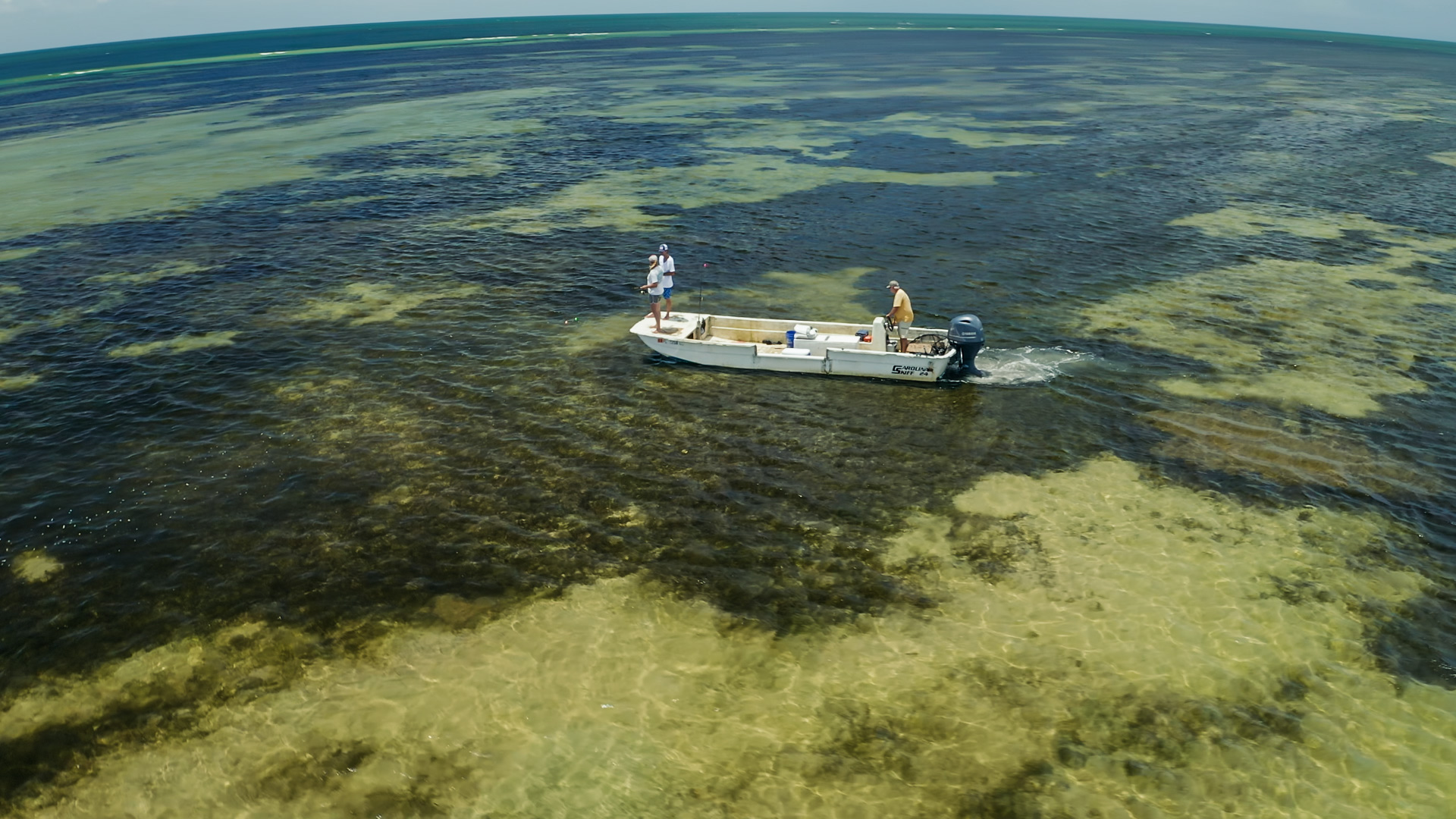
Cedar Key's transformation hasn't just boosted the economy. It has become a model for sustainable aquaculture and environmental stewardship. In the shift from commercial fishing to clam farming, the town has helped protect local marine ecosystems, keeping the waters around Cedar Key vibrant and healthy. Clams are natural filter feeders, with each one filtering over 10 gallons of water daily. High-quality seafood relies on a healthy ocean, and Cedar Key's community has worked diligently in making its waters some of the most pristine in the Gulf, benefiting all ocean life.
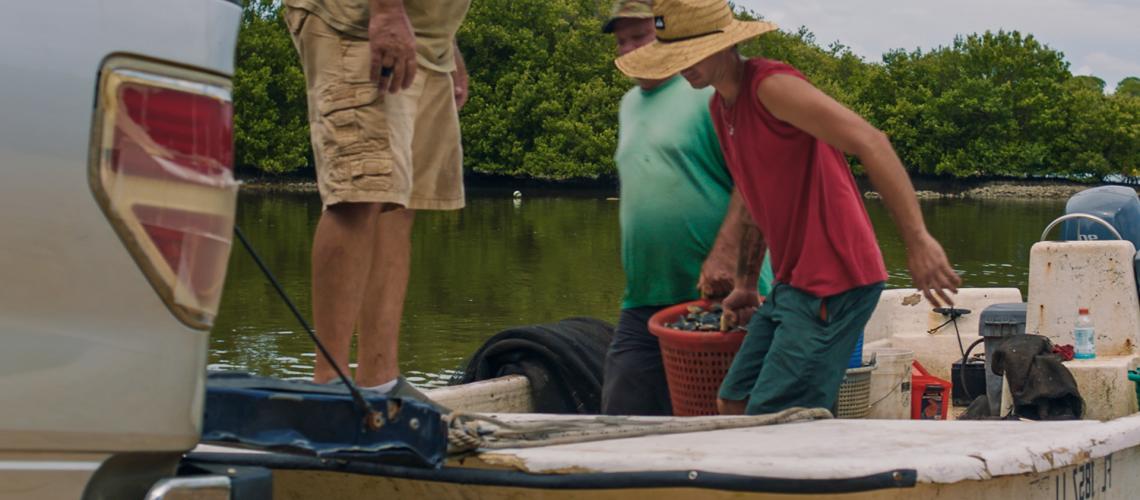
A Resilient Spirit
First a bustling seaport, then a commercial fishing hub, and now renowned for clam farming, Cedar Key has weathered many changes while staying connected to the coastal waters. This resilient community's ability to adapt has turned potential downturns into a new chapter of rebirth, leading to a hopeful, long-lasting renaissance for its historic working waterfront.
